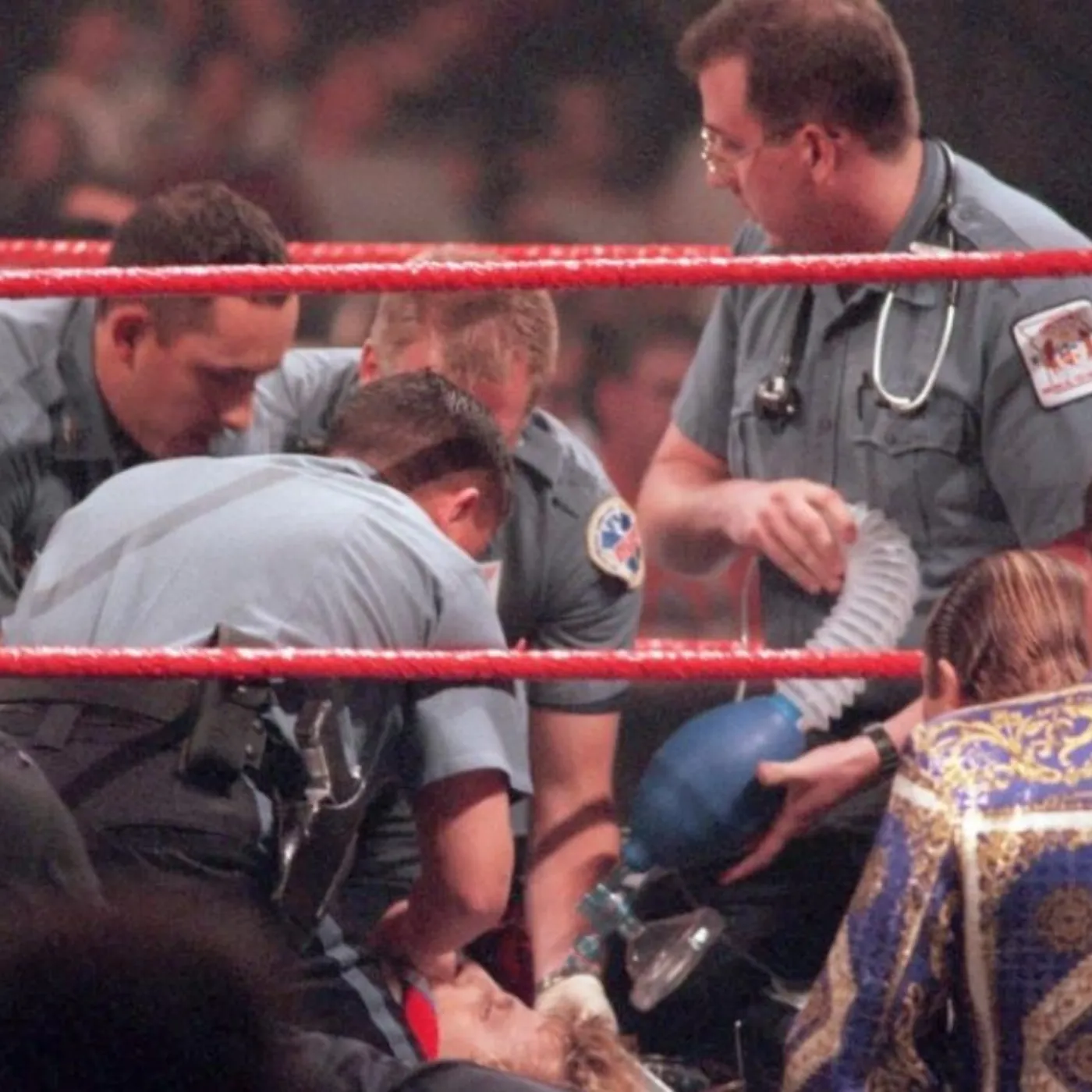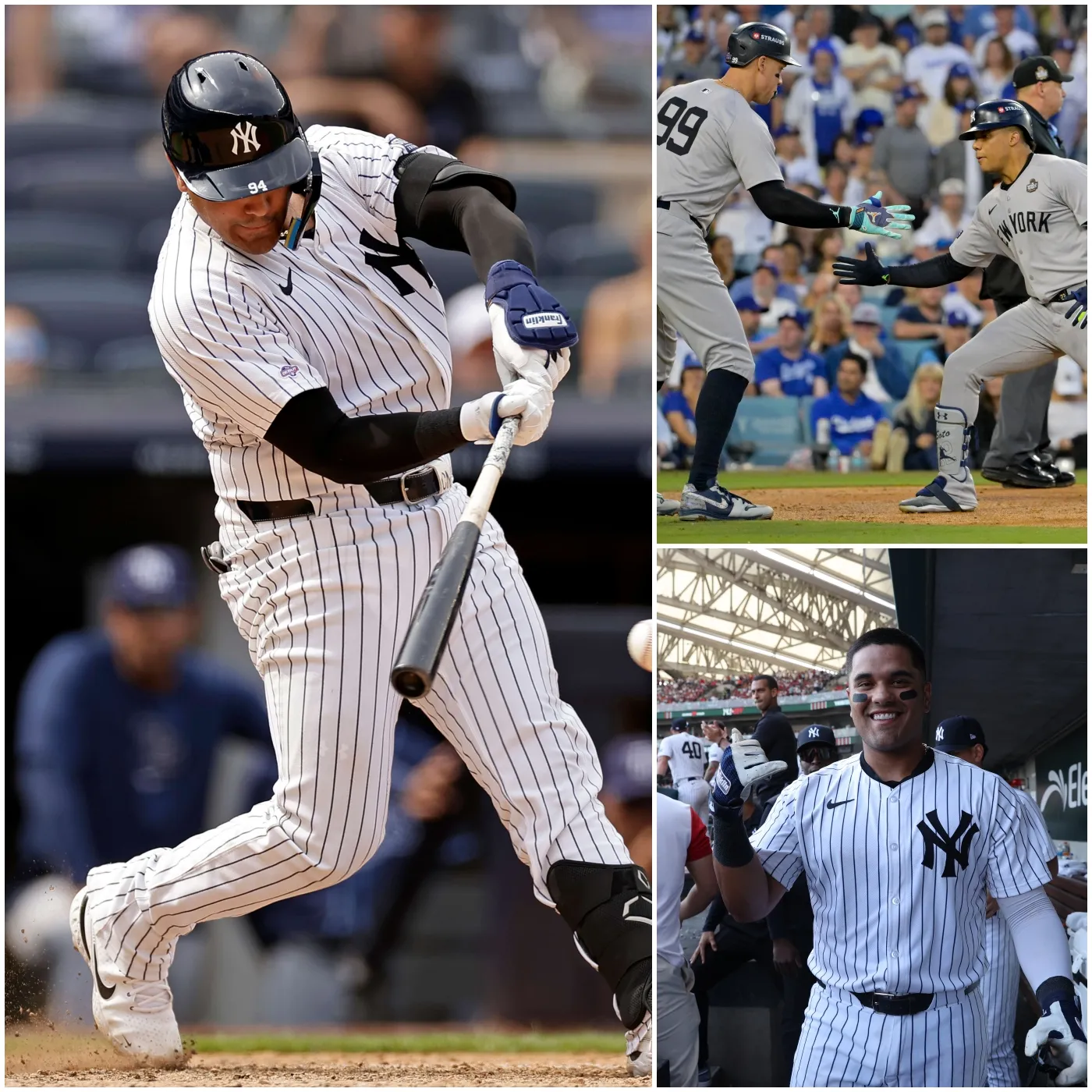Piledrivers and Broken Dreams: The Legacy of SummerSlam ’97 and the Mistakes that Followed
Ah, the 1990s: a golden era for pro wrestling filled with epic matches, larger-than-life characters, and storylines that had all the subtlety of a jackhammer. But amidst the stunts, the cheers, and the occasional steroid scandal, there were moments that could turn the hype up to eleven—or crash it into oblivion. One such moment was […]

Ah, the 1990s: a golden era for pro wrestling filled with epic matches, larger-than-life characters, and storylines that had all the subtlety of a jackhammer. But amidst the stunts, the cheers, and the occasional steroid scandal, there were moments that could turn the hype up to eleven—or crash it into oblivion. One such moment was the infamous match at SummerSlam ’97 between “Stone Cold” Steve Austin and Owen Hart. If you’ve never seen it, consider yourself lucky. If you have, well, grab a seat and brace yourself. We’re diving into a wrestling tragedy that reshaped careers and cemented itself as one of the sport’s most chilling examples of “how not to handle a situation.”
The Accidental Piledriver That Shook the Industry
Let’s set the scene: SummerSlam, 1997. The crowd was buzzing with anticipation, ready to witness two of the biggest stars of the era collide. Austin, the anti-hero with a penchant for beer and “Austin 3:16” catchphrases, was in the ring facing off against the beloved Owen Hart. Owen, who could make you laugh, cry, or just plain forget that wrestling is scripted, was coming into this match with his typical mix of technical mastery and showmanship.
And then, it happened: the piledriver, the move that changed everything. A simple wrestling maneuver—except this time, it wasn’t. Owen Hart attempted the move and, due to an unfortunate slip, dropped Austin on his head. Now, pile drivers can be dangerous on the best of days, but when done wrong, they’re a recipe for disaster. This one left Austin’s neck crumpled like a poorly made origami. You could almost hear the collective gasp of the audience, but the worst part? Austin somehow managed to keep going. Grit and determination, or sheer shock? Either way, Austin finished the match, but it was clear that he was hurt—really, really hurt.
The Aftermath: The Curse of the Broken Neck
The immediate aftermath of that botched piledriver wasn’t just physical pain for Austin. It was career-altering. The neck injury left him partially paralyzed for a moment, a fate that would come to haunt him long after the crowd had dispersed and the pyrotechnics had stopped. It took him months of grueling physical therapy to recover, and even then, Austin was never quite the same. The injury played a significant part in his decision to retire years later, leaving fans to wonder, “What could have been?”
And as for Owen Hart? The aftermath was brutal in a different way. A beloved figure who had spent years charming audiences and building his reputation as one of the best in-ring performers was suddenly embroiled in controversy. His career never fully recovered from the fallout, despite his tremendous talent and his legacy as a member of the legendary Hart wrestling family. Owen Hart, the man who nearly broke “Stone Cold” Steve Austin, would go on to be remembered as an excellent wrestler with a tragic chapter in his story.

Turning Tragedy into a “Storyline” – WWE’s Misstep
One year after the SummerSlam incident, history seemed to repeat itself, albeit with slightly less dramatic consequence, when Dan Severn, the MMA veteran known as “The Beast,” was involved in a similar situation. Severn attempted a move that went sideways, resulting in a botched spot that echoed the Austin-Hart debacle. But instead of learning from past mistakes, WWE decided to turn it into a storyline. Yep, you read that correctly—what should have been a cautionary tale became the backdrop for TV drama.
The result? Fans were outraged. Even the most loyal wrestling enthusiasts were taken aback by WWE’s decision to milk real-life mishaps for ratings. It was a reminder that the line between “entertainment” and “dangerous” can blur faster than a luchador’s spin, and WWE was proving that they weren’t afraid to cross it. The move felt exploitative and tone-deaf, a short-sighted attempt at shock value that did nothing but leave fans shaking their heads. Instead of focusing on making the ring safer for its athletes, WWE turned an incident that could have been a moment of reflection into just another angle to push.
The Lesson Learned: Why This Matters Today
Now, here we are, years later, with safety protocols in wrestling more advanced but still not perfect. The legacy of incidents like Austin’s injury is that they pushed wrestling organizations to re-examine their practices, even if it took some ugly turns to get there.
But the lesson is not just in the technicalities of how moves are executed. It’s about understanding when to draw the line and how to protect both the performers and the sport itself. If there’s one thing wrestling should have learned from Austin’s broken neck, it’s that turning a serious injury into a narrative is not only insensitive—it’s dangerous.
The Broken Neck That Shaped an Era
Austin’s career may have been irreversibly affected by that moment, but it didn’t stop him from becoming one of the most iconic figures in wrestling history. He fought through the pain, returned to the ring, and delivered the matches that would come to define a generation. And Owen Hart? He will always be remembered as a legend who, through no fault of his own, found his legacy tangled in one of wrestling’s darkest moments.

The tragic reality of wrestling is that its greatest moments can come with immense risk. It’s up to everyone in the industry—past, present, and future—to make sure that the risks don’t overshadow the rewards. Because when it comes to wrestling, we’ve all learned one thing: Never take a piledriver for granted, no matter how smooth the execution seems. And if you ever hear, “This is for the story,” maybe it’s time to say, “Thanks, but no thanks.”











































